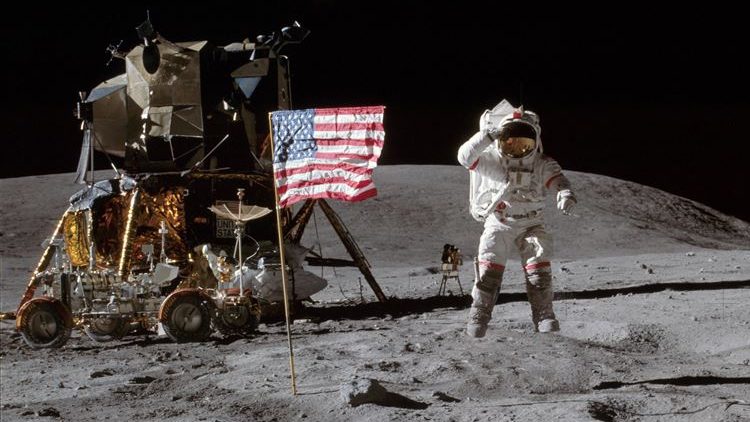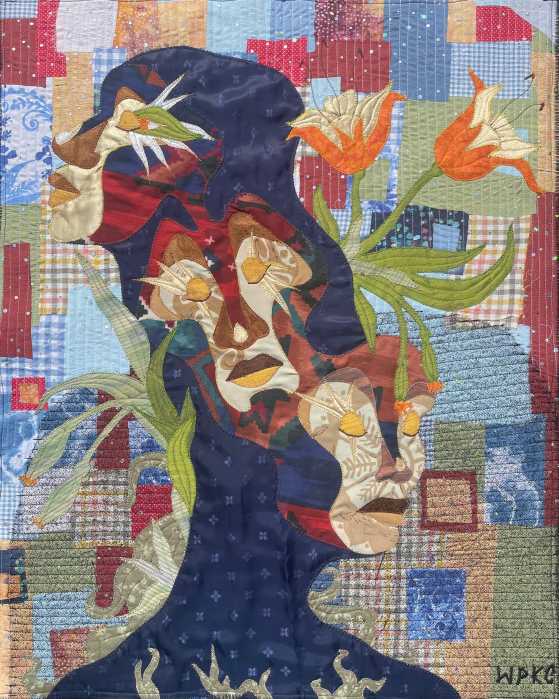When President John F. Kennedy gave his famous “We choose to go to the moon” speech in 1962, it was Grumman Corporation workers on Long Island who made it happen seven years later.
NASA contracted the company to design, build, and test what became known as the lunar module, the spacecraft that U.S. astronauts used to first set foot on Earth’s closest celestial neighbor on July 20, 1969. The “Lem,” as it was known for short, was about twice the size of a standard sedan.
“The landing of the lunar module and Neil Armstrong’s walk on the moon was one of the most momentous events in American and world history that Long Islanders remember with pride,” says Adam Sackowitz, a local historian. “Long Island played a direct role in landing man on the moon.”
Grumman built 13 lunar modules during the course of NASA’s Apollo program. Of those, most went to space, but three are on Earth, including one at the Cradle of Aviation Museum in Garden City, where it is central to the current “Countdown to Apollo at 50” exhibits, school initiatives, and community programs celebrating the mission’s golden anniversary.
The moon landing redeemed America’s space race credentials after Russia became the first nation to successfully launch an artificial satellite into Earth’s orbit in 1957. These days, NASA is busy using rovers to explore Mars and having The New Horizons spacecraft snap photos of the Kuiper belt four billion miles away. Catching up is China, which made the surprise announcement in January that it landed a rover on the dark side of the moon.
Besides learning about moon rocks, landing the lunar module on the moon also reaffirmed the grit of the nation — and the Long Islanders who helped land astronauts there.
As Kennedy said, “We choose to go to the Moon in this decade and do the other things, not because they are easy, but because they are hard.”


































